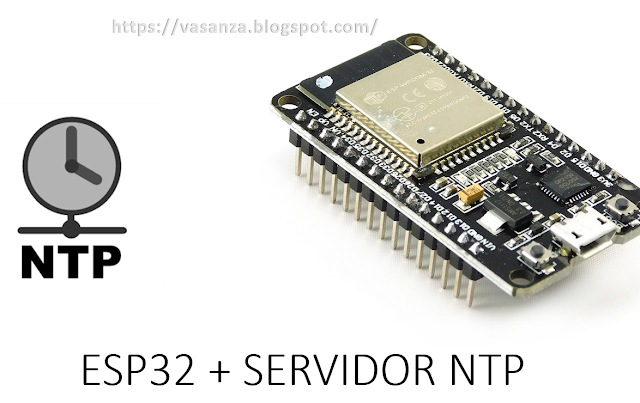▷ SOLUCIÓN LECCIÓN SISTEMAS DIGITALES 1, 2do Parcial (2020 PAO 1) C5 C
- ➡️ #DigitalSystems #DigitalElectronic #DigitalCircuits #HDL #VHDL #FPGA
- ⭐ https://github.com/vasanza/MSI-VHDL
El siguiente circuito digital muestra la implementación de un flip-flop “XY” (FF-XY) utilizando un flip-flop “D” (FF-D). Para realizar una conversión exitosa de un flip-flop “JK” (FF-JK) a un FF-XY (se recomienda primero extraer la tabla característica del FF-XY, seguido de la tabla de excitación del FF-JK), determinar cuáles de las siguientes expresiones booleanas describen correctamente el funcionamiento de las señales “J” y “K”:
a) j <= not(x) or not (y);
b) j <= not(x) or y;
c) j <= x or not(y);
d) j <= x or y;
e) k <= not(x) or not (y);
f) k <= not(x) or y;
g) k <= x or not(y);
h) k <= x or y;











Comentarios
Publicar un comentario